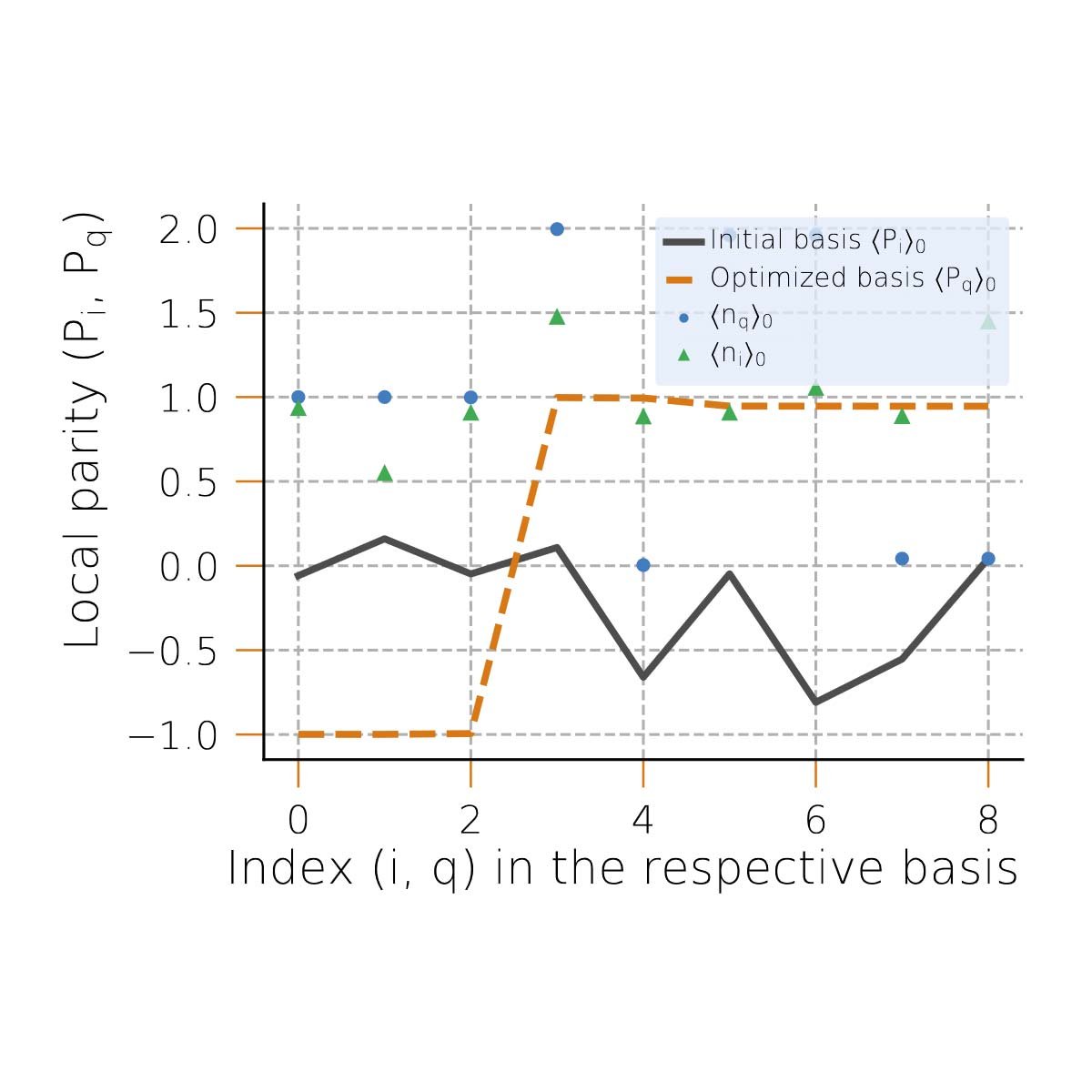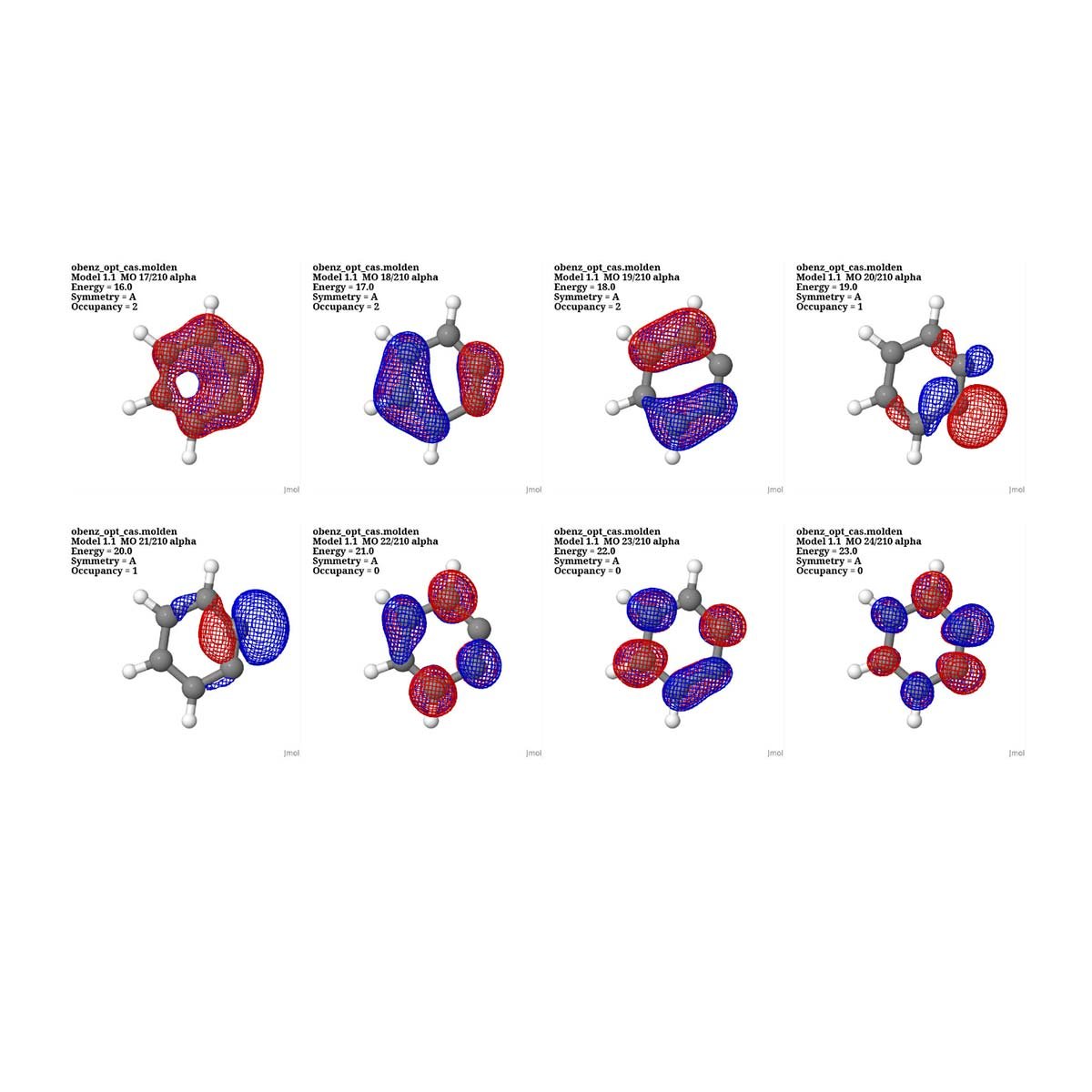Scientific Papers

White Paper: A method to derive material-specific spin-bath model descriptions of materials displaying prevalent spin physics (for simulation on NISQ devices)
Authors: Benedikt M. Schoenauer, Nicklas Enenkel, Florian G. Eich, Michael Marthaler, Sebastian Zanker, and Peter Schmitteckert
Magnetism and spin physics are true quantum mechanical effects and their description usually requires multi reference methods and is often hidden in the standard description of molecules in quantum chemistry. In this work we present a twofold approach to the description of spin physics in molecules and solids. First, we present a method that identifies the single-particle basis in which a given subset of the orbitals is equivalent to spin degrees of freedom for models and materials which feature significant spin physics at low energies. We introduce a metric for the spin-like character of a basis orbital, of which the optimization yields the basis containing the optimum spin-like basis orbitals. Second, we demonstrate an extended Schrieffer-Wolff transformation method to derive the effective Hamiltonian acting on the subspace of the Hilbert space in which the charge degree of freedom of electron densities in the spin-like orbitals is integrated out. The method then yields an effective spin-bath Hamiltonian description for the system. This extended Schrieffer-Wolff transformation is applicable to a wide range of Hamiltonians and has been utilized in this work for model Hamiltonians as well as the active space Hamiltonian of molecular chromium bromide.

Efficient Random Phase Approximation for Diradicals
Authors: Reza G. Shirazi, Vladimir V. Rybkin, Michael Marthaler, and Dmitry S. Golubev
We apply the analytically solvable model of two electrons in two orbitals to diradical molecules, characterized by two unpaired electrons. The effect of the doubly occupied and empty orbitals is taken into account by means of random phase approximation (RPA). We show that in the static limit the direct RPA leads to the renormalization of the parameters of the two-orbital model. We test our model by comparing its predictions for the singlet-triplet splitting with results from multi-reference CASSCF and NEVPT2 simulations for a set of ten molecules. We find that, for the whole set, the average relative difference between the singlet-triplet gaps predicted by the RPA-corrected two-orbital model and by NEVPT2 is about 40%. For the five molecules with the smallest singlet-triplet splitting the accuracy is better than 20%.

Understanding Radicals via Orbital Parities
Authors: Reza G. Shirazi, Benedikt M. Schoenauer, Peter Schmitteckert, Michael Marthaler, and Vladimir V. Rybkin
We introduce analysis of orbital parities as a concept and a tool for understanding radicals. Based on fundamental reduced one- and two-electron density matrices, our approach allows us to evaluate a total measure of radical character and provides spin-like orbitals to visualize real excess spin or odd electron distribution of singlet polyradicals. Finding spin-like orbitals aumotically results in their localization in the case of disjoint (zwitterionic) radicals and so enables radical classification based on spin-site separability. We demonstrate capabilities of the parity analysis by applying it to a number of polyradicals and to prototypical covalent bond breaking.
